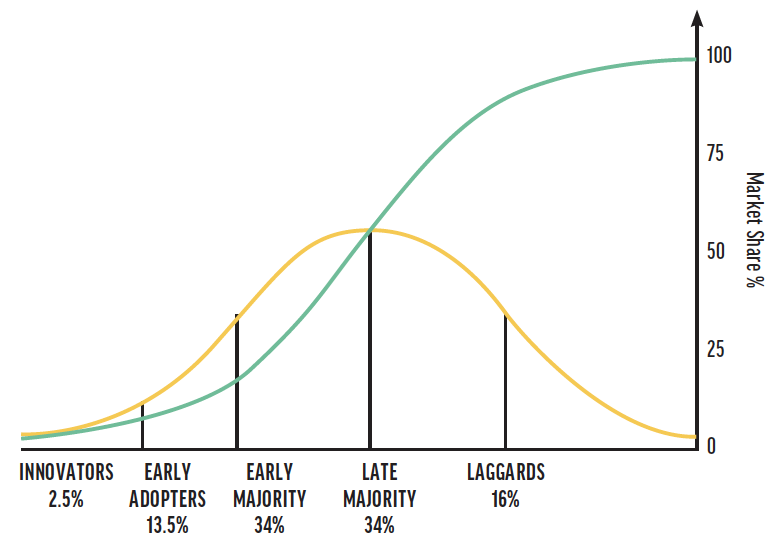
I like to be at the forefront of innovation. I keep an eye on emerging technologies so that I can assess their potential for adoption in my practice and see where the field is heading. Keeping your practice modern is key to continued success. A practice that does not evolve as the field advances risks losing patients to more innovative competitors. This article outlines best practices for determining whether and how to incorporate a new refractive modality into your practice.
make routine ASSESSMENTS
The practice environment. Periodically assess how your offerings compare to the available technology and to the offerings of other practices in your region. Are you losing patients to practices that offer a refractive modality that you do not? Is there a modality that no other practice in your region offers that could help you corner the market?
Also assess what type of practice you have. Are you the only surgeon in the practice who will use the new modality, or will others also use it? Your comfort level with new offerings is another factor to consider. Some surgeons like to be at the forefront of technology, and others are more comfortable being late adopters (Figure).

Figure. The diffusion of innovation curve, developed by Everett Rogers, remains an accurate prediction of market adoption of new technology or ideas.
The technology. From a refractive standpoint, the key thing to look for in a new technology or surgical procedure is how it can optimize outcomes. The first thing I did before incorporating SMILE into my practice was assess the technology needed to perform the procedure (VisuMax femtosecond laser, Carl Zeiss Meditec). Through my work in global ophthalmology, I observed and learned about SMILE in different practice environments in India. I then visited Carl Zeiss Meditec headquarters to assess the laser technology with one of their engineers before incorporating it into my practice.
Not everyone has to go to the same lengths, but once you have identified a technology that you want to add to your practice, learn everything you can about it. Read articles, consult with colleagues or leaders in the field, attend courses and presentations, and observe someone who uses the technology to ensure it is something you want and are comfortable with incorporating in your practice.
DEVELOP A BUSINESS MODEL
After you have researched the new modality that you would like to add to your practice’s offerings, develop a business model for it.
Identify costs the practice would incur by adopting the technology. How many additional staff members, including any new OR staff members, would be required to assist you during the procedure?
Create a marketing plan. Determine how you will market the new offering to the practice’s existing and prospective patients.
Consider profitability. Evaluate how many procedures you would need to perform each month to break even and to turn a profit. Only incorporate a modality if it will increase your practice’s revenue. This could be directly or indirectly, such as by drawing new patients to the practice.
Educate your staff. Many companies can provide educational material and resources for both patient and staff education. A well-educated staff is a key driver of success with a new modality. If the staff is accepting of and understands the new modality, they are better equipped to speak with patients about it and answer their questions. If the staff doesn’t feel comfortable with and excited about the new modality, however, they are less equipped to present it to patients in a positive light, which could negatively affect its uptake.
CONCLUSION
Keep your practice modern and increase its long-term success by incorporating new refractive modalities. The tips provided in this article can guide your decision-making.




